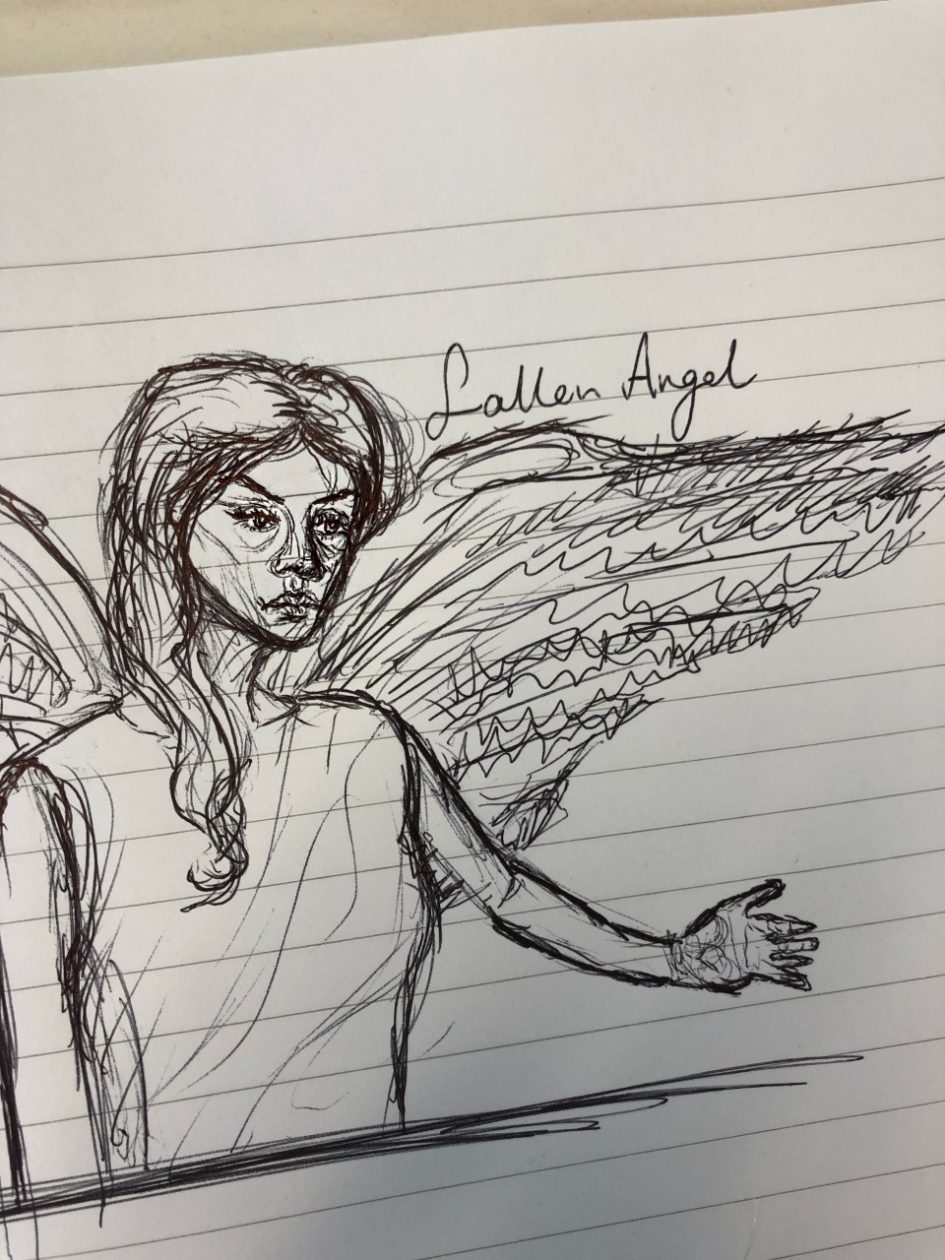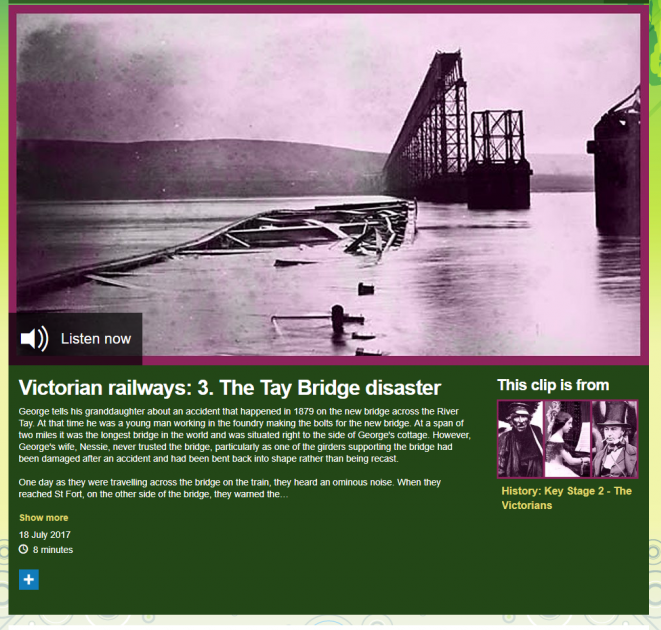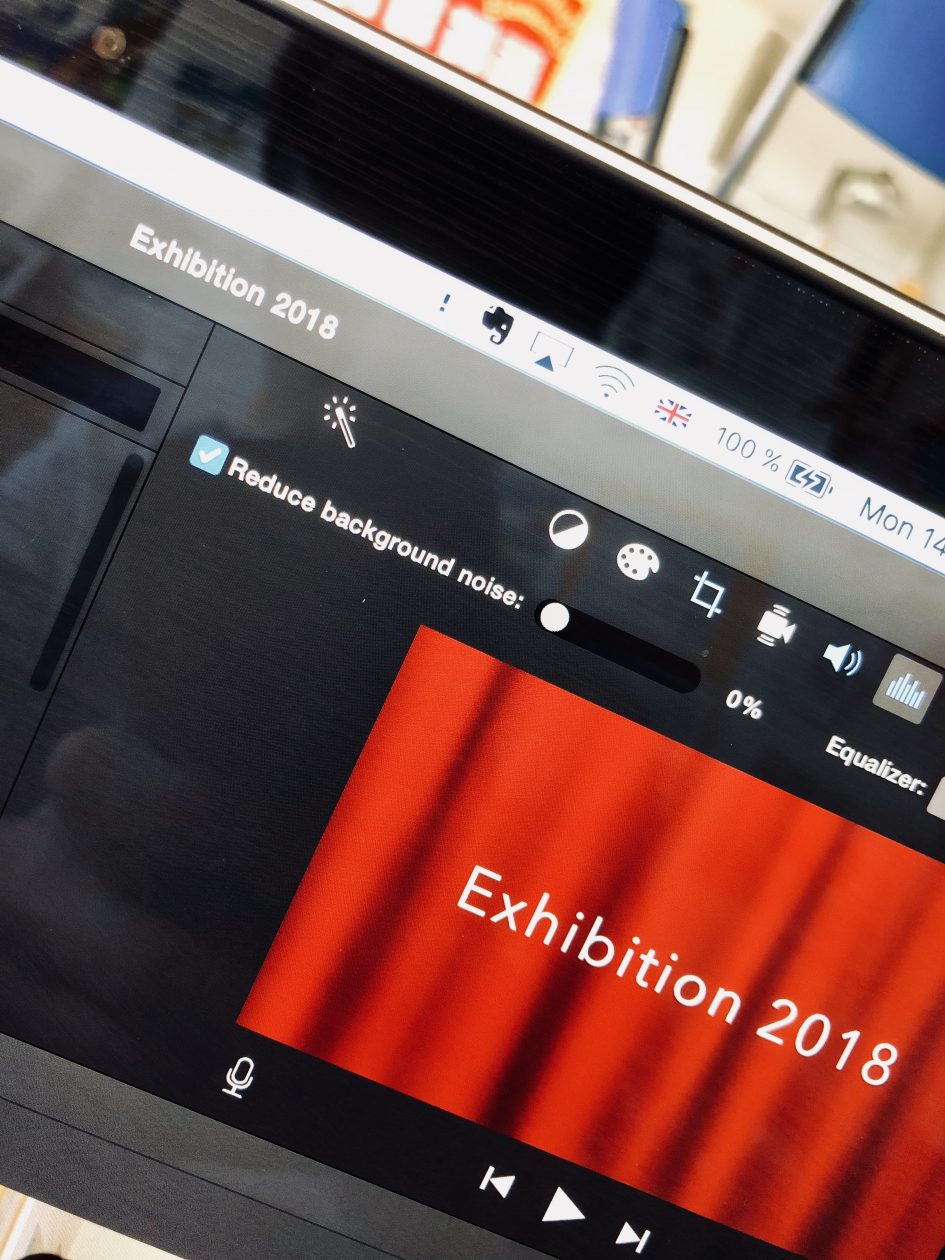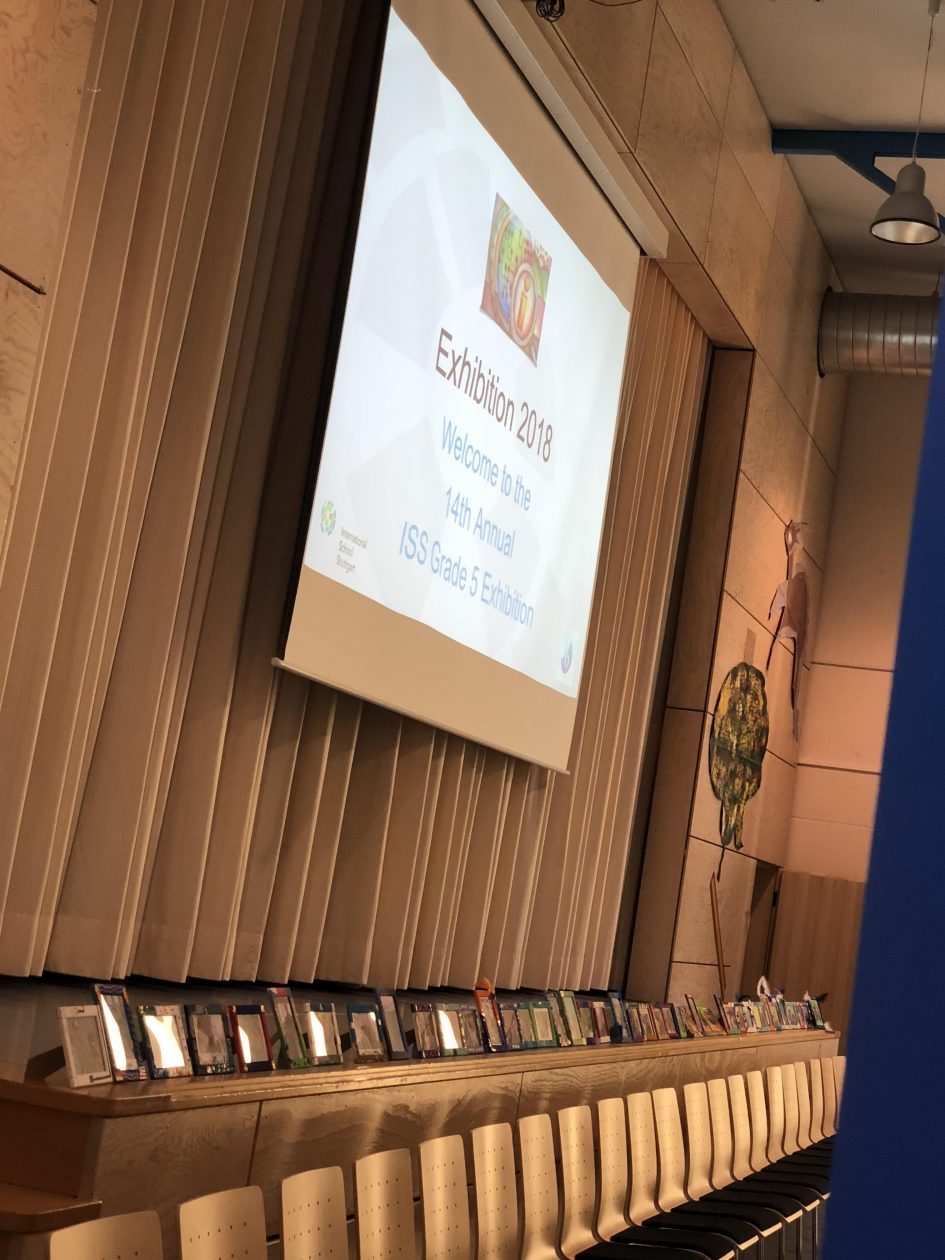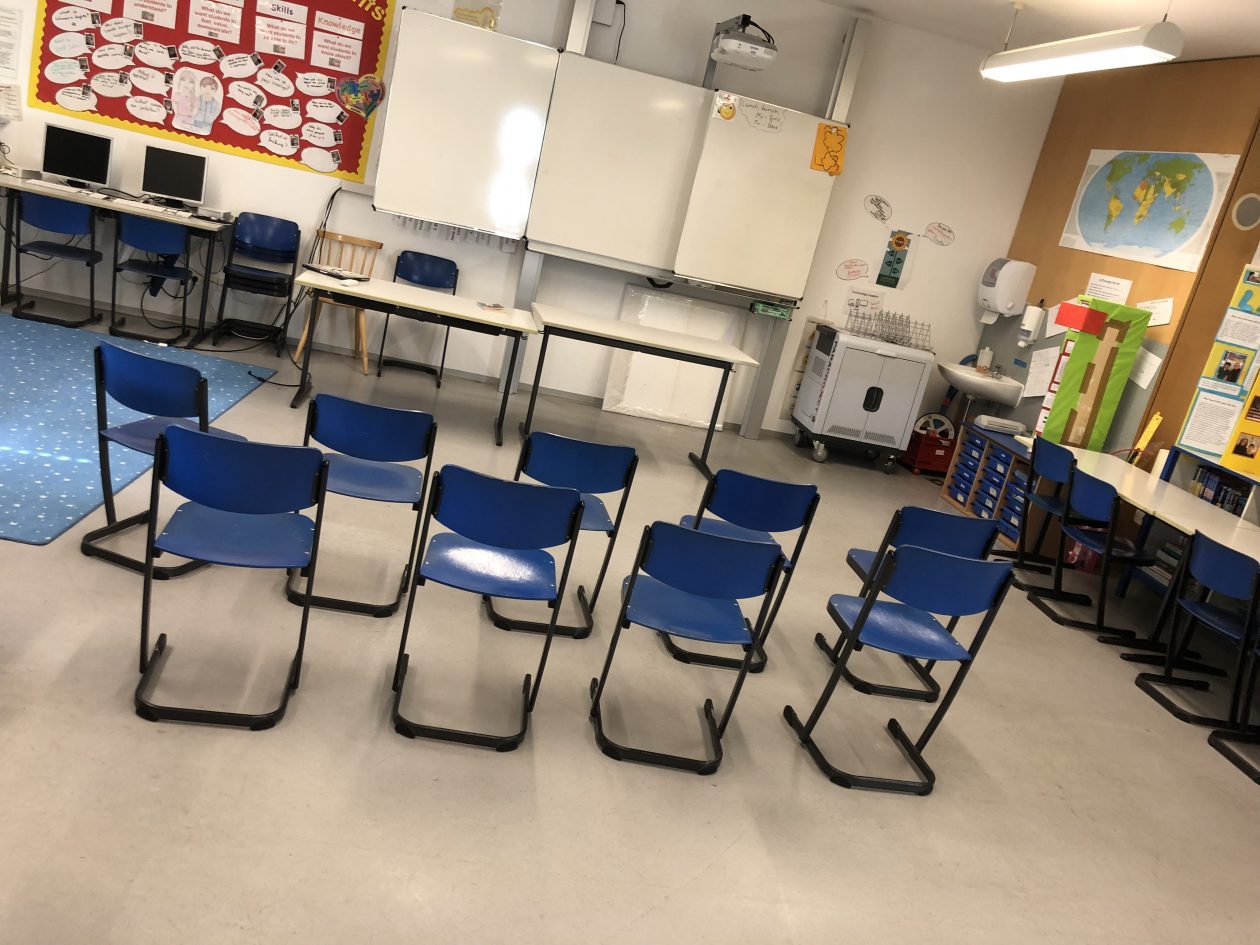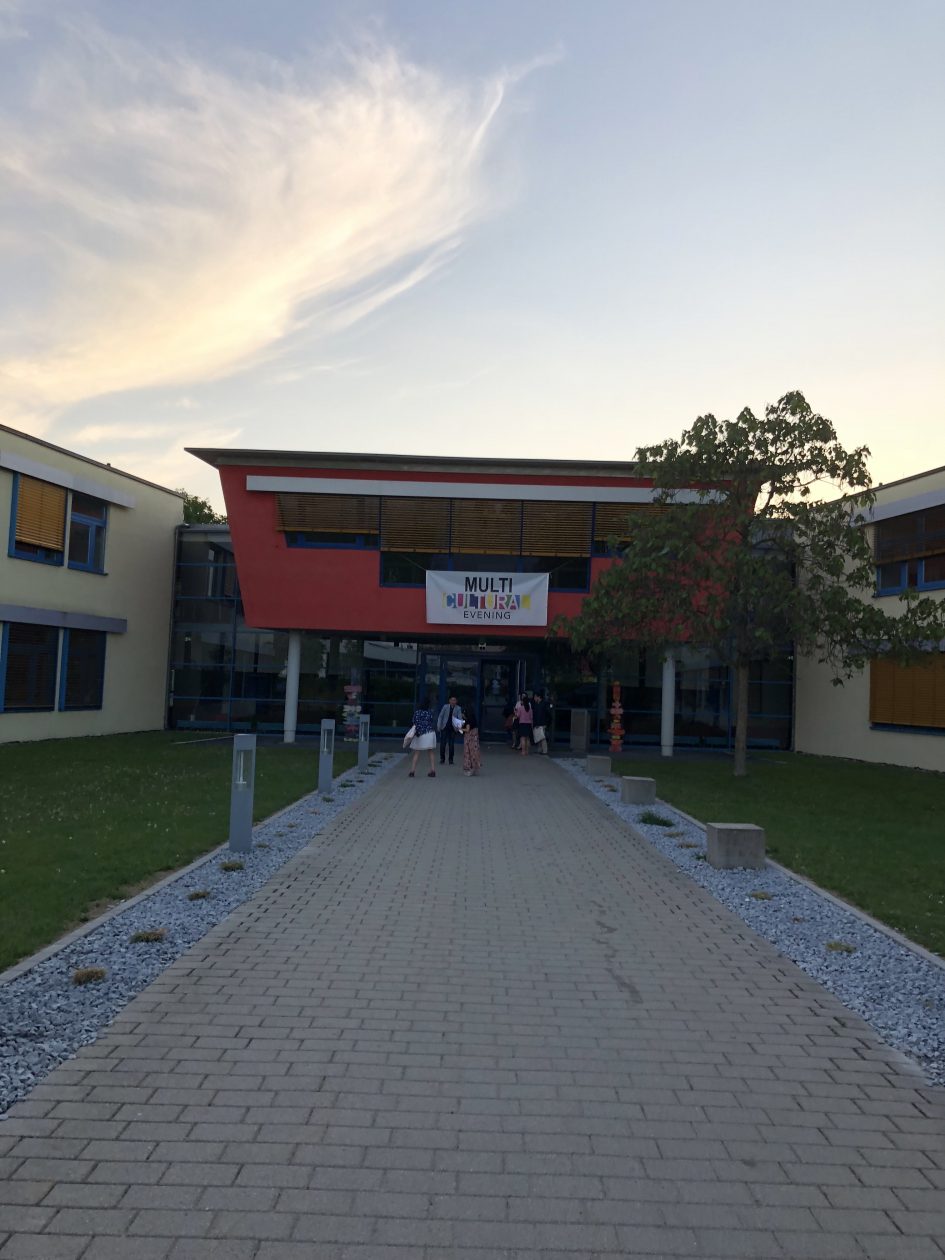Across the existence of man, there have been various methods of expressing the human form and portraiture is a key method of doing this (Dissanayake, 1990). Different art periods have seen various interpretations of portraiture (e.g. Picasso’s cubist movement explored the human form through very structured shapes and lines, something that was alien compared to other artists during the 20th century) and what it means to present a person. As part of the portfolio, an exploration of portraits will be examined to compare examples of portraiture.

Celestina (1903) by Pablo Picasso – this was a portrait completed during a time of great turmoil for the artists and was classified as his ‘Blue Period’
Pablo Picasso is an interesting artist to compare the examples of portraiture that he created. Picasso is well-known for his cubist expression that explored the usage of shapes to create outlandish interpretations of the human form, yet, he tapped into other avenues of art. The Blue Period, which lasted from 1901 to 1904, was a time of sorrow for Picasso, thus the emotions were reflected in his artwork during this period. He predominately created life-like portraits that were confined to monochromatic shades of blue and grey to symbolise the grief he was experiencing, highlighting the power that a specific colour palette can create in terms of mood and atmosphere. During the early 1900s, Picasso was failing as an artist in terms of a commercial prowess and he lost a dear friend to suicide. Life was taking its toll on Picasso and the Blue Periods creations were a way of translating this lack of happiness in his life (McNeese, 2006)
The portrait above, Celestina (1903), depicts a haggard woman in isolation. She takes up the whole of the centre of the canvas with her face being the focal point in the painting (whilst also being the brightest aspect of the painting albeit cold). The subject’s expression is fitting to the entire mood that is being created in the painting: muted sombre. It is said the character is based around civilians in Barcelona during the time of Picasso’s Blue Period but it also takes inspiration from old Spanish folklore literature where ‘Celestina’ was supposedly a sorcerer in a play, which would relate to her witch-like robes. Picasso applies the paint in a structured manner, taking care to keep a form of realism in his piece – particular attention has been paid in the blending of the skin colours, the grey highlights in the hair and definitions in the hood. Overall, the painting epitomises the emotion of sadness and at first glance, I believed it to be a subject attending a funeral. This has been created by the focus being solely on the lone woman, the muted colour palette and the dark background.

Weeping Woman (1937) by Pablo Picasso – the portrait depicts a woman that is in horror at the sight of bomber jets flying over her hometown on the brink of war
To compare, Picasso’s Weeping Woman (1937) explores sadness but in a entirely different manner. In 1937, the Nazi air force sent bombers to attack Guernica in support of the Nationalists during the Spanish Civil War (Tate, 2018) and Picasso was inspired by this injustice. The figure is based around Picasso’s lover Dora Maar who he had an affair with during the time of the creation of the portrait, symbolising that real people that he was connected to were affected by the warfare. Picasso uses abstract shapes and colours to create the face of the weeping woman, with an outward green, yellow and purple to create the overall structure and then black, grey and blue at the centre of the face to symbolise a change in complexion (almost as if the figure in the portrait is being shocked by the realisation of the bomber jets). The eyes of the weeping woman reveal a reflection of the bomber jets above in the sky as she grasps onto her face in terror. In comparison to Celestina, the Weeping Woman is void of tone and depends more on the differences of colour and distinctive shapes to create the horrified expression. Furthermore, the features of the face are drawn out in a primitive format. The facial features are harder to decipher compared to the previous painting and style.
Another famous artists that is symbolic for their portraits embodying their state of mind and the time period when they were created is Frida Kahlo. Kahlo lived a turbulent life and experienced many highs and lows through which she coped with through her artist expression.

Without Hope (1945) by Frida Kahlo – Frida’s self portrait shows herself bed bound and being force fed.
Without Hope (1945) by Frida Kahlo was created whilst Kahlo was in a bed bound state. Due to many health complications, the artist was forced to remain in her bed whilst also having to be force fed with a lack of appetite (Kettenmann, 2000, p.70). She creates this scene in a more dramatic format to symbolise the turmoil she is in. The gigantic funnel full of disgusting carcasses personifies the puree food that she was forced to consume. The background shows a Mexican desert with both the sun and the moon, which could symbolise the loss of days experienced by Frida during this bed bound state. She cannot comprehend when the day ends or begins. She does not get to see the daytime or nighttime and her day-to-day existence revolves around being force fed and being isolated. Furthermore, the world itself in 1945 was at the end of the Second World War so much of the wider society surrounding Frida at the time (albeit she would have seldom got to interact with it as she previously would have), which could have had an impact on her when creating the piece. The piece can be attributed to her works in surrealism and magical realism as it depicts an image that is life-like yet still retains a level of surrealist distortion (Gambrell, 1997), through the grotesque funnel and setting depicted.
To contrast, in 1941 a few years prior to Without Hope, she painted another self-portrait with her parrots titled Me and My Parrots (1941)

Me and My Parrots (1941) by Frida Kahlo – vibrant birds and a more relaxed Frida brighten the mood of this self portrait.
Frida’s health was far better in 1941, she was remarried but was also pursuing another love interest and her life had more of a routine, which revolved around her love for her animals in the countryside. The portrait above was just one example of her pieces that featured her pets that she adored. The background is a warmer brown colour with the focus being centred on the figure of Frida (which is a clear contrast from her Without Hope painting that was in a desert). Frida and her birds are vibrant in colour, with Frida’s complexion looking healthy and full of vigour whilst the parrots’ feathers are intricately painted to show the various colours. Kahlo is also enjoying a cigarette, which could also highlight that she is feeling relaxed and mellowed. She was at ease with both her company and her surroundings.
Overall, these examples of portraits by famous artists reveal a lot about the time period they were created and the changing circumstance of the artist.
References:
Dissanayake, E. (1990) What Is Art For?, London: University of Washington Press.
Gambrell, A. (1997) Women intellectuals, modernism and their differences, Cambridge: Cambridge University Press.
Kettenmann, A. (2000) Frida Kahlo 1907 – 1954: Pain and Passion, London: Taschen.
McNeese, T. (2006) Pablo Picasso: The Great Hispanic Heritage, New York: Infobase Publishing.
Tate (2018) Pablo Picasso Weeping Woman, Available at: https://www.tate.org.uk/art/artworks/picasso-weeping-woman-t05010 (Accessed: 8 October 2019).

